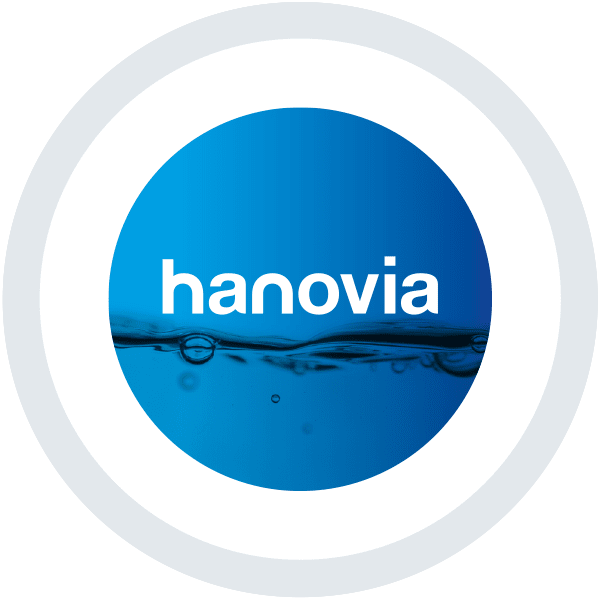A major talking point resulting from the UK Food Standards Agency(FSA) announcement that it plans to redesign its regulatory role, is the idea of moving away from its current inspection model.

by Bob English UV light, especially in the wavelength range of 200-280 nm, is well documented to provide excellent water disinfection. So, with the technology seen to be so effective, why might it be important to have a UV system validated? As you might expect, most of the studies on UV disinfection have focused on

by Brian Grochowski In 2009, the FDA published a revised Pasteurized Milk Ordinance (PMO), which included UV disinfection technology as an approved alternative to pasteurization for the treatment of water used within a dairy facility. Pasteurization has been considered the `gold standard’ for water treatment and used in critical dairy applications for many years. As

by Dan Shaver, May 2017 The value of accurately measuring UV Transmittance (UVT) when sizing a new UV disinfection system cannot be underestimated (see previous blog on the importance of UVT). Using an accurate UVT value during the sizing and operation of new UV equipment can have a direct impact on both energy consumption and

By Brian Grochowski The use of membrane technology is common practice within the food, beverage and pharmaceutical industries. Membrane systems play an important role in purifying water, ingredient water, water reuse and recycling. While these systems are very reliable and produce consistent results, correct maintenance and monitoring of the membranes is essential to ensure optimal

Expanded operations to meet increasing demand for ultraviolet disinfection technology in industrial and aquatic applications Charlotte, NC (May 2nd, 2017) − Aquionics, a leading provider of ultraviolet (UV) disinfection technology to industrial, aquatic and municipal water and wastewater markets, has opened a new sales and support center in Charlotte, North Carolina to support growing demand

by Brian Grochowski In 2006, the United States Environmental Protection Agency (EPA) issued the Ultraviolet Disinfection Guidance Manual (UVDGM) which provides technical information on the application of ultraviolet (UV) light for the disinfection of drinking water by public water systems. While the UVDGM has its roots in municipal water treatment, it has found its way

Using ultraviolet light reduces maintenance and lifecycle costs of water treatment Erlanger, KY (April 25th, 2017) – Ultraviolet (UV) ) disinfection technology specialist Hanovia and the Industrial Division of its US sister company Aquionics, are to host a webinar aimed at helping manufacturers optimise the removal of chlorine within their water treatment operations. The 60-minute

While it is common sense that a light based disinfection technology like UV will have reduced effectiveness as water quality visibly declines, there are some contaminants that can cause a dramatic reduction in UV’s effectiveness when they are present in even small amounts. Iron and manganese are two such contaminants worth noting as they can

To improve the quality of natural water resources with the latest UV-C technology One of the major challenges of the 21st century is to protect and improve the quality of natural water resources. INNOQUA, an innovative ecological on-site sanitation system for water and resource savings, is an EU-funded project through the Horizon 2020 research and innovation














 沪公网安备 31011202013557号
沪公网安备 31011202013557号